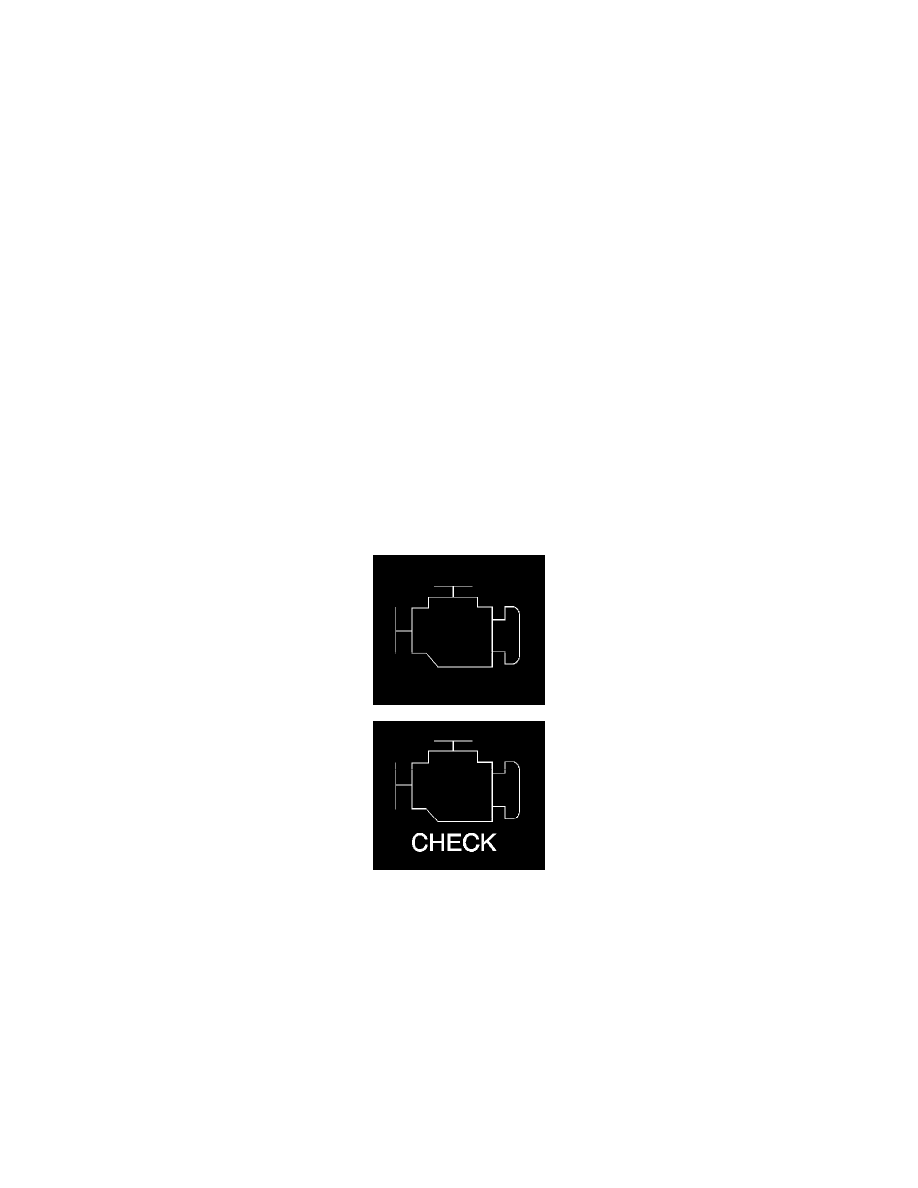Colorado 2WD L5-3.5L VIN 6 (2005)

Engine Control Module: Description and Operation
Powertrain Control Module (PCM)
POWERTRAIN CONTROL MODULE (PCM) DESCRIPTION
POWERTRAIN
The powertrain has electronic controls to reduce exhaust emissions while maintaining excellent driveability and fuel economy. The powertrain control
module (PCM) is the control center of this system. The PCM monitors numerous engine and vehicle functions. The PCM constantly looks at the
information from various sensors and other inputs, and controls the systems that affect vehicle performance and emissions. The PCM also performs
the diagnostic tests on various parts of the system. The PCM can recognize operational problems and alert the driver via the malfunction indicator
lamp (MIL). When the PCM detects a malfunction, the PCM stores a diagnostic trouble code (DTC). The problem area is identified by the particular
DTC that is set. The control module supplies a buffered voltage to various sensors and switches. Review the components and wiring diagrams in order
to determine which systems are controlled by the PCM.
The following are some of the functions that the PCM monitors and controls:
-
The engine fueling
-
The ignition control (IC)
-
The Knock Sensor (KS) System
-
The Evaporative Emissions (EVAP) System
-
The Secondary Air Injection (AIR) System, if equipped
-
The Exhaust Gas Recirculation (EGR) System, if equipped
-
The automatic transmission functions
-
The generator
-
The A/C clutch control
-
The cooling fan control
MALFUNCTION INDICATOR LAMP (MIL) OPERATION
The malfunction indicator lamp (MIL) is located in the instrument panel cluster. The MIL will display as either SERVICE ENGINE SOON or one of
the following symbols when commanded ON:
The MIL indicates that an emissions related fault has occurred and vehicle service is required.
The following is a list of the modes of operation for the MIL:
-
The MIL illuminates when the ignition is turned ON, with the engine OFF. This is a bulb test to ensure the MIL is able to illuminate.
-
The MIL turns OFF after the engine is started if a diagnostic fault is not present.
-
The MIL remains illuminated after the engine is started if the control module detects a fault. A diagnostic trouble code (DTC) is stored any time
the control module illuminates the MIL due to an emissions related fault. The MIL turns OFF after three consecutive ignition cycles in which a
Test Passed has been reported for the diagnostic test that originally caused the MIL to illuminate.
-
The MIL flashes if the control module detects a misfire condition which could damage the catalytic converter.
-
When the MIL is illuminated and the engine stalls, the MIL will remain illuminated as long as the ignition is ON.
-
When the MIL is not illuminated and the engine stalls, the MIL will not illuminate until the ignition is cycled OFF and then ON.
TRIP
A trip is an interval of time during which the diagnostic test runs. A trip may consist of only a key cycle to power up the PCM, allow the diagnostic to
run, then cycle the key OFF to power down the PCM. A trip may also involve a PCM power up, meeting specific conditions to run the diagnostic test,
